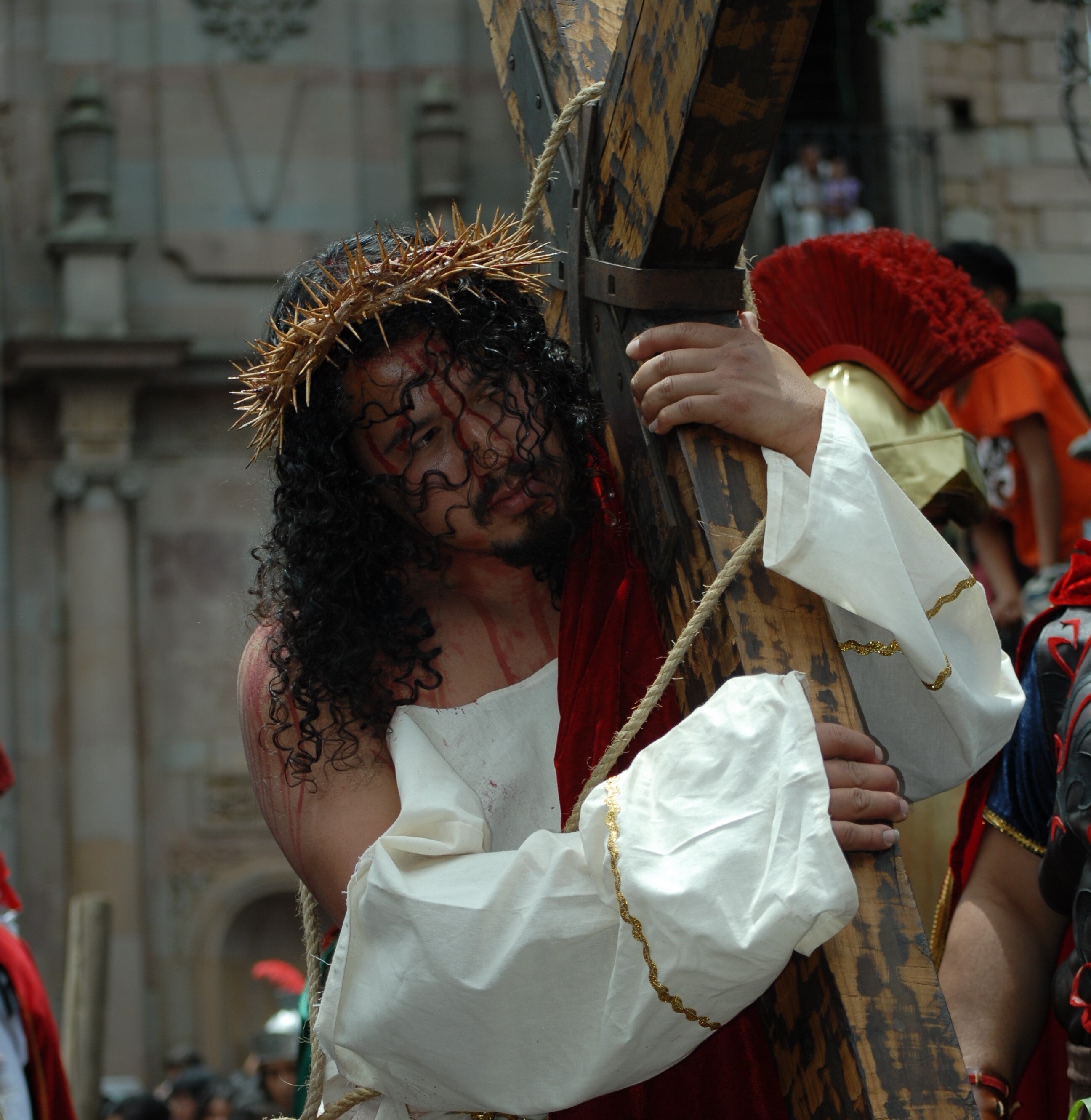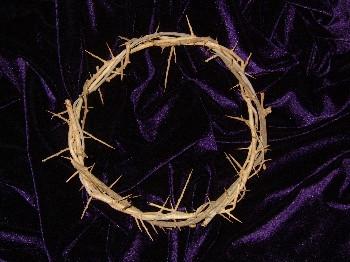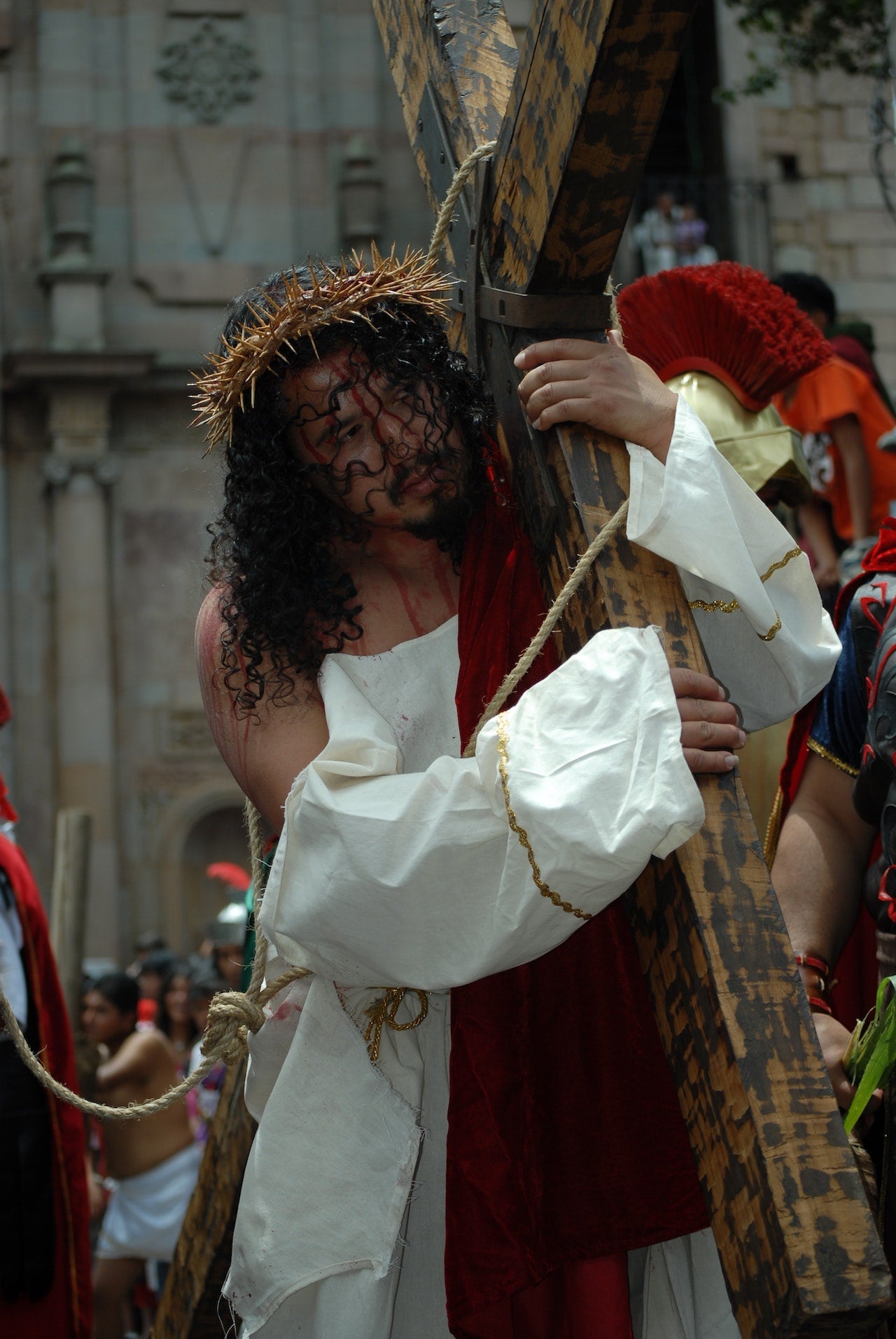
A Faith Tradition
Whether you are Christian, Muslim, Jewish, or have another faith, chances are you have heard of the Stations of the Cross. This powerful faith tradition is a popular devotion for many believers, and it provides a tangible way to connect with Jesus' journey to Calvary. But what are the Stations of the Cross, and why is it so meaningful?
The Stations of the Cross, also known as "The Way of the Cross", is so highly revered in its devotion that it is among the oldest practices in Christianity. This traditional practice has been used centuries to reflect on Jesus Christ's Passion and Death.
The Spiritual Significance Behind the Stations
The spiritual significance behind these stations resides in their ability to directly touch our souls, connecting us with God through prayer and meditation. Through this journey, we find ourselves more deeply connected to God because we can experience His love for us in a new way. We also come away with a greater understanding of our own lives—that even though life can be difficult at times, there is always hope in knowing we have an eternal Father who loves us unconditionally and will never leave us alone during our trials and tribulations. Many have found solace in participating in this spiritual journey, finding comfort and peace through understanding his sacrifice. Let's explore the power behind this beloved devotion.
Following His Footsteps
Also known as the Way of the Cross or Via Crucis, the ancient Catholic devotion commemorating Jesus Christ's suffering and death on the cross consists of fourteen "stations" representing different moments in Jesus' crucifixion journey. The stations are typically represented through visual art and/or sculptures in churches and other places of worship worldwide.
The devotion itself traditionally involves reflection on specific biblical passages related to each station while participants walk or kneel from station to station. Through this practice, believers can internalize Jesus' humility, suffering, and ultimate sacrifice for our sins. It is an incredibly powerful practice that allows us to reflect on our lives and how we can be more faithful followers of Christ.
What are The Holy Stations?
The Stations of the Cross are composed of 14 individual scenes, or "stations", that depict Jesus Christ's journey from his condemnation by Pontius Pilate to his burial. Each station can be found in various churches as an individual picture or carving. It is often portrayed with a short description written beneath it that explains what is depicted in each scene. In some cases, churches will have an altar dedicated to each station so that individuals can pray while they meditate on a specific scene.
In addition to being pictured as works of art displayed within churches, there are also outdoor versions of The Way of The Cross which are usually located near holy sites or shrines and serve as physical representations for pilgrims to walk along and reflect upon Jesus' path towards Calvary Hill.
These outdoor versions consist of 14 markers indicating where each station begins and ends (e.g., Station One starts at the first marker and ends at the second marker). It can be helpful to take note when walking these paths so one can pause and meditate on each scene along their journey.
Open Your Heart, Soul, and Mind
Even though the tradition has its roots in Christianity, it touches people from all religions and backgrounds who find comfort in reflecting on Jesus' journey with love, understanding, humility, and faithfulness. Furthermore, it provides an opportunity for spiritual growth by contemplating one's relationship with God and others as well as reflecting on life's greater purpose.
The Stations represent more than just a physical journey; they represent an inner journey meant to bring people closer to God through meditation on His suffering and death. When reflecting on these stations, we can come face-to-face with our own mortality and shortcomings while simultaneously experiencing God's forgiveness for our sins. This act serves as a reminder that He continues to love us despite our shortcomings and encourages us to extend our love to those around us who may not always understand us or show kindness toward us.
No matter your faith or religion, The Way of The Cross is a powerful practice for any individual looking for guidance during difficult times in their lives; whether someone needs comfort after facing loss or strength when struggling with personal demons, such reflections offer spiritual insight into humanity's relationship with God. As we move forward from these trying times in life, let us take solace in knowing we are never alone - Jesus walks beside us every step along The Way Of The Cross, for those looking for a tangible connection with Jesus Christ during their devotionals should consider exploring this ancient faith tradition today.






